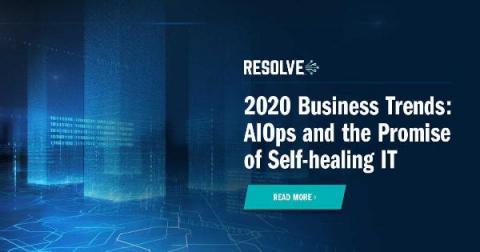How Organizations Are Evolving to Implement Automation and AIOps
So much of the digital transformation conversation is naturally focused on technology, but technology alone isn’t transforming any business. The rest of the story depends on the people and evolving the culture to drive adoption, champion benefits, and advocate for wider acceptance. Driving change organizationally to implement wide-scale IT automation and AIOps starts with developing the right message.








